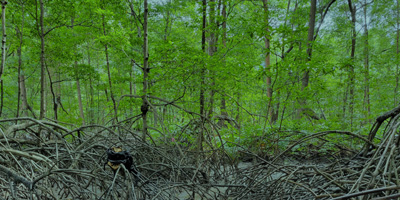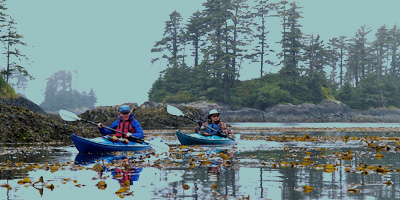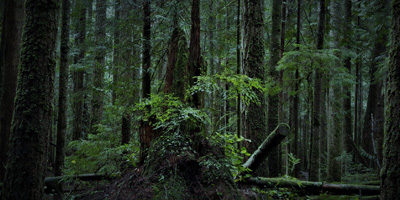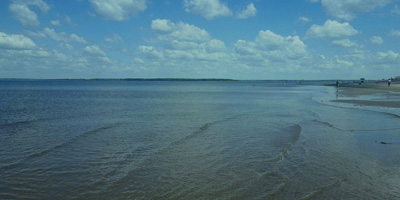Natural Asset Inventories
The first step in natural asset management is to build an inventory of ecosystem components and the associated ecosystem services those assets provide.
![]() Natural asset inventories can focus on a single asset (e.g., ESSA’s recent work with mangroves in Panama ), or encompass multiple assets (e.g., ESSA’s recent work for the Town of Gibsons, BC). We provide our clients with comprehensive and user-friendly inventories that establish clear connections between the assets and their service(s). These inventories can be displayed in tabular or spatial formats, and, if desired, we can integrate them into interactive web-based dashboards for seamless communication across various audiences.
Natural asset inventories can focus on a single asset (e.g., ESSA’s recent work with mangroves in Panama ), or encompass multiple assets (e.g., ESSA’s recent work for the Town of Gibsons, BC). We provide our clients with comprehensive and user-friendly inventories that establish clear connections between the assets and their service(s). These inventories can be displayed in tabular or spatial formats, and, if desired, we can integrate them into interactive web-based dashboards for seamless communication across various audiences.
We often evaluate the condition of the inventoried assets and any risks to their ability to sustain service provision. This condition/risk assessment helps to prioritize different locations on-the-ground for different types of management action such as protection versus restoration. It also presents opportunities to engage with local groups to supplement with local knowledge and expertise, which is often valuable for raising awareness and education about the natural asset management process. We strive for a high degree of “specificity” in the condition/risk indicators we develop, which we define as including temporal scope, spatial scope, suitability thresholds, and recurrence frequencies. We believe that creating high quality indicators that are useful across a variety of management contexts saves our clients time and money in the long run.
To establish a baseline understanding of the current provision of services by inventoried natural assets, it is necessary to measure the core or “focal” services in both biophysical and economic terms. This baseline evaluation can then be compared to desired levels of service identified by a community or our clients to determine whether the current conditions meet the desired service provision. Baseline assessment typically involves simulation modelling and comparison of scenarios with and without the natural asset. While focal services are important, it is often the co-benefits provided by natural assets that make these options stand out compared to built or grey infrastructure options, and we quantify these too. A baseline assessment is important for comparing with simulated management alternatives, which we do in the Natural Asset Planning and Decision Support service area.
Our services in this space include:
- full spatial inventories of natural assets, including using interactive, web-based dashboards
- condition and risk assessment of natural assets using qualitative or quantitative methods to assign condition and risk scores associated with key stressors (can be displayed in interactive, web-based dashboards)
- baseline ecosystem service provision, harnessing our extensive expertise in modelling of biophysical systems and model coupling to express scientifically rigorous outputs in biophysical and economic units for comparison with alternative approaches




